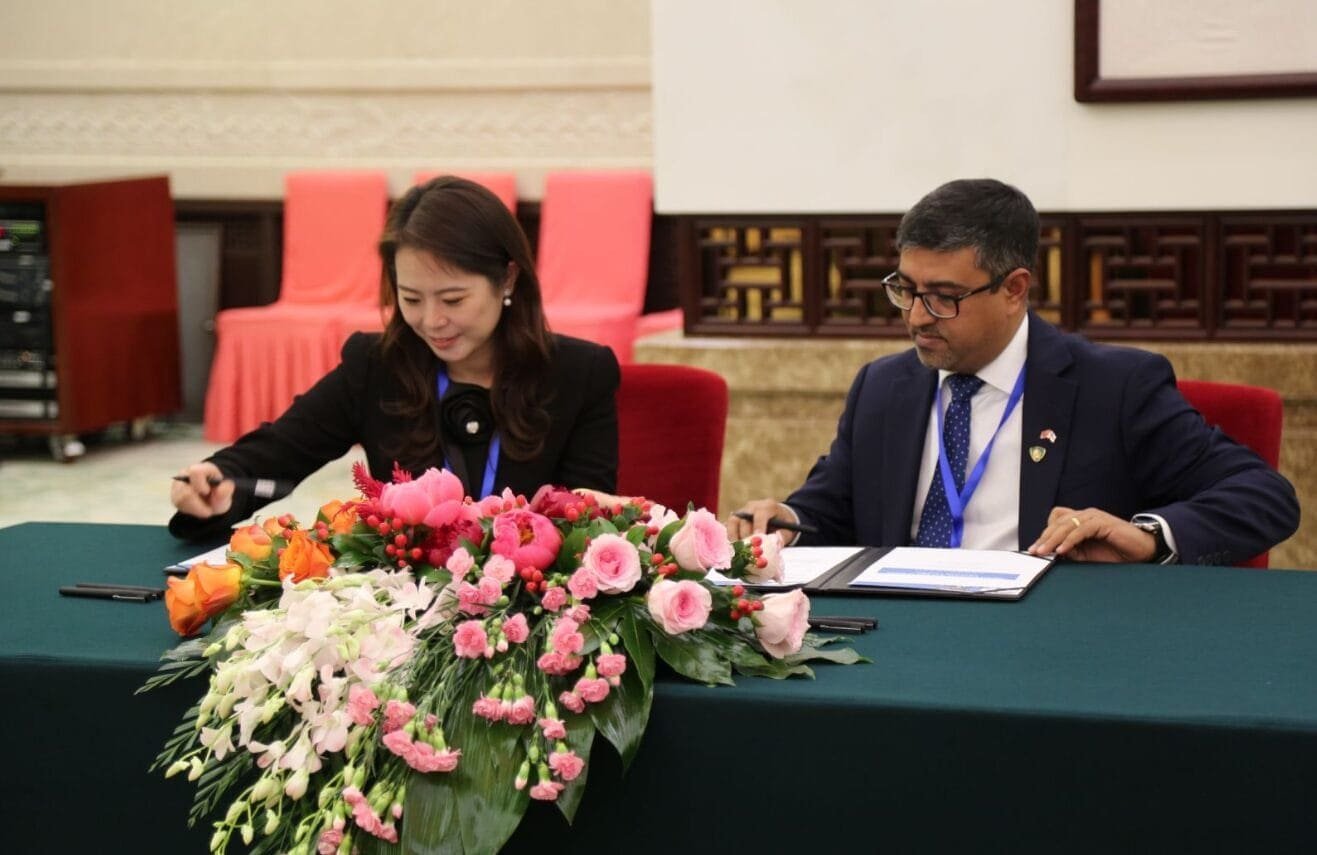China, Beijing, November, 2024: During the Finnish President’s state visit, the international textile services provider Lindström Group recently announced two key alliances in China. These partnerships demonstrate Lindström’s dedication to improving sustainability in its cleanroom services and workwear, which is in line with China’s 2060 carbon neutrality goals.
Businesses actively engage in sustainable solutions to comply with legal requirements and satisfy rising customer expectations, as sustainability is quickly gaining traction in China. Sustainable business practices are further emphasized by government laws, such as the national objective to become carbon neutral by 2060. During the presidential state visit, Lindström formalized two significant agreements centered on sustainability in support of these initiatives.
Since entering the Chinese market in 2006, Lindström has been dedicated to offering eco-friendly substitutes for cleanroom and workplace textiles. These strategic alliances demonstrate Lindström’s commitment to sustainability and circularity,” said Anupam Chakrabarty, Senior Vice President of Lindström. Chakrabarty signed the sustainability-focused contracts in a renowned ceremony at Beijing’s famous Great Hall of the People. Chakrabarty was part of the business group that accompanied Finnish President Alexander Stubb.
Collaboration for improved circularity in textiles
Over 85% of textile waste still ends up in landfills or is burned, making the industry’s astounding waste production one of the most urgent problems in the world. Lindström’s partnership with Hangzhou-based textile recycling business Dingyuan Textile Technology aids in resolving this issue. The partnership, which started two years ago, has now grown to include Lindström’s waste textiles in the Guangzhou, Suzhou, Shanghai, Jiaxing, Wuhan, and Chengdu areas.
The creation of closed-loop systems, which convert textiles at the end of their useful lives into raw materials for new goods, is the next stage. Because recycled fibers require less energy and water to produce, using them in textiles can help lower their carbon footprint. These fibers are now mostly derived from recycled PET bottles, however new developments are required to reduce dependency on virgin resources. Closed-loop solutions are a growing priority in Lindström’s product development.
On the way to halving emissions
As the globe deals with the effects of climate change, cutting greenhouse gas emissions is still of utmost importance. Energy production is responsible for more than 70% of worldwide greenhouse gas emissions, thus switching to cleaner energy sources is essential. Yuan Tong Hui Energy Technology, a Beijing-based supplier of renewable energy solutions, is one business offering answers for this. Lindström collaborated with them as it acknowledged energy as a vital resource for its operations.
The partnership is a component of Lindström’s ambitious 2030 greenhouse gas emission reduction objective, which has been validated by the Science-Based Targets effort. It is anticipated that this collaboration will assist Lindström in cutting emissions by about 450,000 kg. According to Lindström, 50% of China’s electricity will originate from renewable sources by 2025.
According to Dennis Chan, Managing Director of Lindström China, “Lindström looks beyond energy sourcing to reduce emissions.” In order to lower CO2 emissions and operating expenses, the company has already switched 10% of its logistics capacity to electric cars and plans to do so in the years to come.
A shared commitment to sustainability
Such initiatives highlight how everyone must work together to promote environmental stewardship in the corporate world. By demonstrating that sustainability is an attainable objective through innovation and collaborations, Lindström hopes to establish a standard for its industry peers.
“Lindström is proving that sustainable transformation is achievable with the invaluable assistance of our partners,” adds Chakrabarty. “The objective is to set an example by demonstrating that corporate success and environmental responsibility can and should coexist.”



